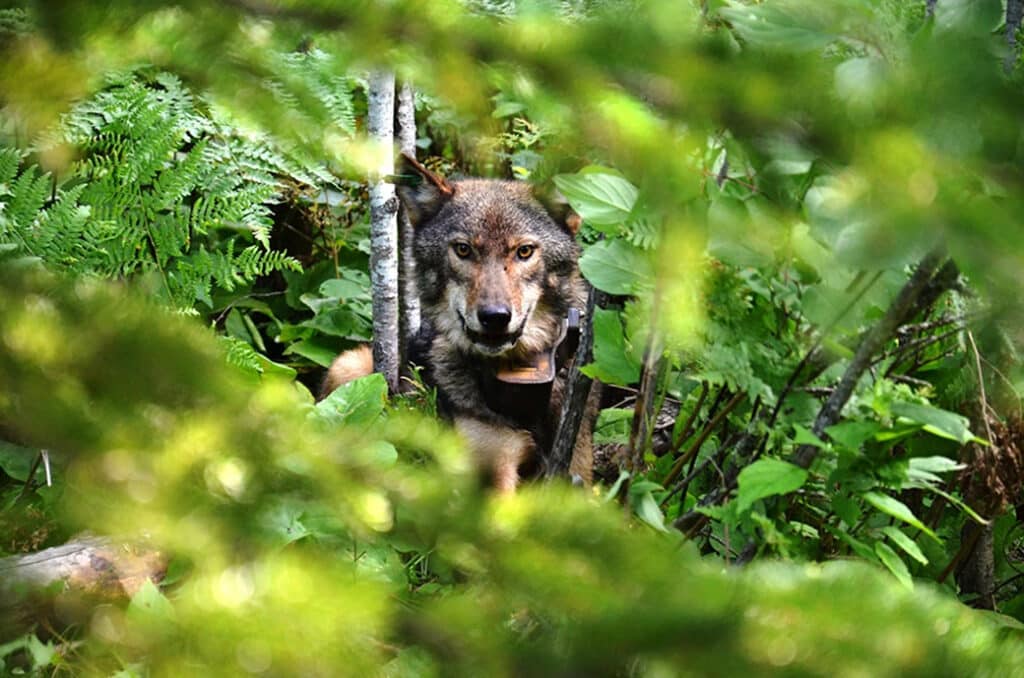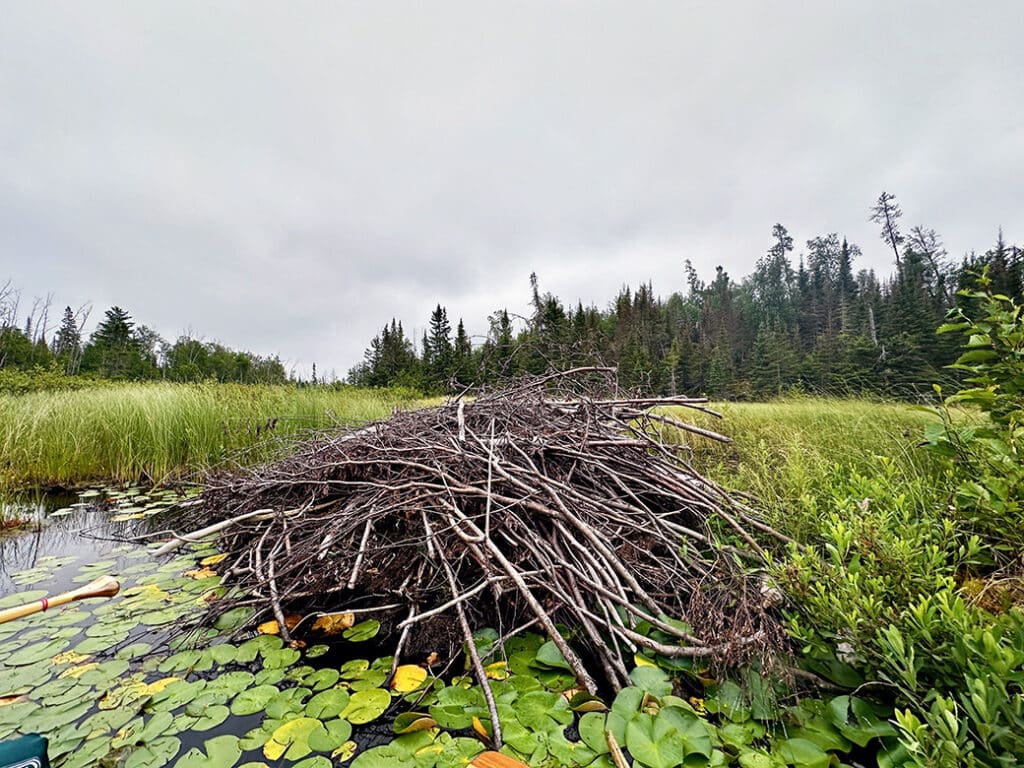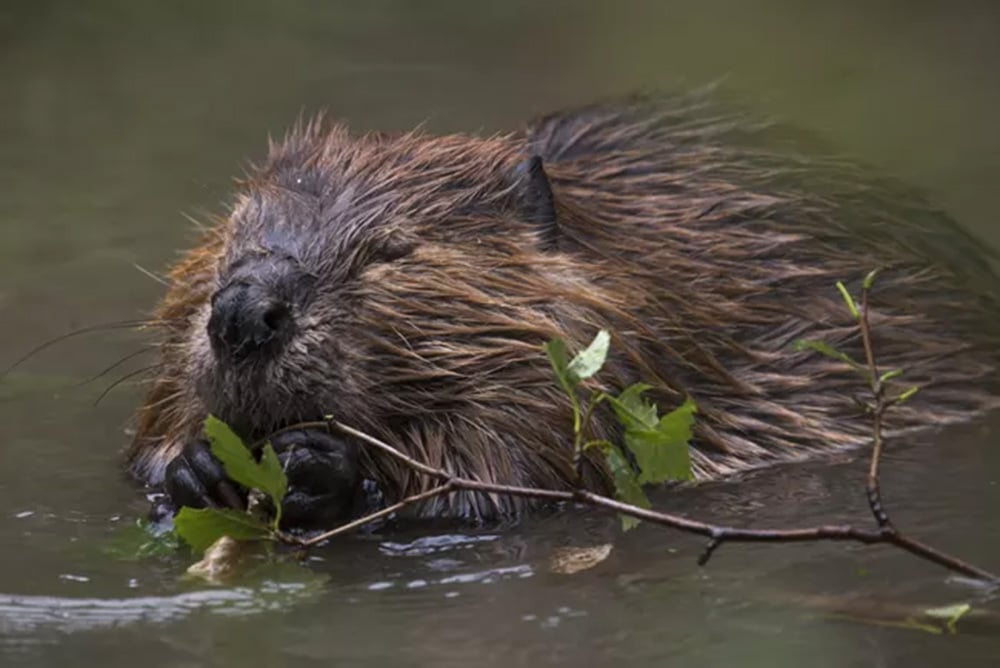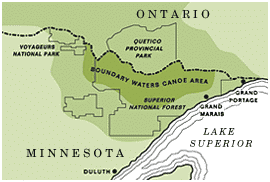
A new study from Isle Royale shows that as beavers shift their habitat seasonally, wolves follow them. According to researchers at Michigan State University, this predator–prey dynamic may influence the island’s broader ecosystem. Wolves were reintroduced to the park in 2018 after a severe population decline. The findings suggest that when planning ecological restoration, land managers should consider the role of alternative prey in helping to rebuild healthy ecosystems that include large carnivores like wolves.
Changing locations to follow beavers
Isle Royale National Park lies in Lake Superior, about 45 miles east of Grand Portage. The park supports a variety of wildlife, including moose, wolves, and smaller mammals such as beavers and otters. Because it contains both boreal forest and mixed hardwood forest, the island offers a unique environment for these animals to thrive.
Researchers at Michigan State University led a study that aimed to understand how wolves shift their hunting locations in response to changes in beaver activity in Isle Royale. This “secondary” prey relationship remains less understood, as does its potential influence on the ecosystem.
This study follows ongoing research at Voyageurs National Park, where scientists have studied strategies wolves use to catch beavers. Research there is showing that wolves not only pursue prey like deer or moose but also ambush them by lying in wait.


Adapting to seasonal movements
Over four years, the team used pre-existing data and GPS collars on 23 wolves to track their movements, focusing on where wolves traveled in relation to beaver lodges. Based on earlier observations, they suspected that wolves were more attracted to lodges when open water was present, since beavers are more active during that time, foraging in water and the woods.
Adie Sovie, a Michigan State researcher and lead author of the study, told the Daily Press, “We found that wolves are really dynamic in how they’re looking for prey and selecting prey throughout our study. From about March through November, they hunt moose or look for moose calves, and during other times of the year, they look for beavers.” Sovie noted that wolves likely shift toward beavers because hunting moose becomes more difficult later in the summer.
The study identified 834 active beaver lodges across the island between 2018 and 2022. After wolves were reintroduced, the number of active lodges decreased. Wolves travel to areas where they have a high chance of encountering prey, and because beavers stay close to their lodges, they become more vulnerable to predation.
Since wolves target beavers in warmer months, researchers call this prey-switching behavior. In this case, wolves switch from their primary prey, moose, to beavers, though moose still make up about 70 percent of their diet. Notably, beaver predation only dropped in the spring, when moose became easier to catch after the stress of winter.
Surprisingly, researchers also observed wolves preying on beavers during parts of winter when temperatures were milder and lakes were not fully frozen.
Monitoring wolves after reintroduction
Gray wolves arrived on Isle Royale in the late 1940s, likely crossing ice bridges from the mainland of Canada. By 2018, the population had fallen to two wolves, due to limited food and genetic inbreeding that caused deformities and low survival rates. As a result, the beaver population surged.
To rebuild the wolf population, researchers and managers reintroduced wolves to Isle Royale in 2018. Over the next two seasons, they released 19 genetically diverse wolves from Minnesota, Ontario, and Michigan. They fitted healthy wolves with GPS collars, ear tags, and passive integrated transponder tags to study how the population responded to the island. These collars also allowed researchers to track wolf movements in relation to known beaver lodges over a long period.
To identify active lodges, the National Park Service conducted aerial surveys over four years. In order to accomplish this, they looked for freshly cut trees, peeled sticks, new mud on lodges, and visible food caches.


A dynamic, shifting ecosystem
It’s clear that wolf–beaver interactions create dynamic changes throughout the ecosystem. Because wolves spend more time near beaver lodges at certain times of year, they influence where beavers forage. This, in turn, alters forest structure and water flow. These shifts may create more diverse wetlands and help shape the balance of the broader ecosystem.
Still, researchers note that ecological restoration projects with predators, like wolves, are more successful when managers consider when and where prey species like the beaver flourish.
More info:
- Seasonal use of American beaver lodge areas by gray wolves in Isle Royale National Park – Nature Briefing
- Wolves hunting beavers on Isle Royale changing ecosystem – Daily Press
- Wolves – Isle Royale National Park

